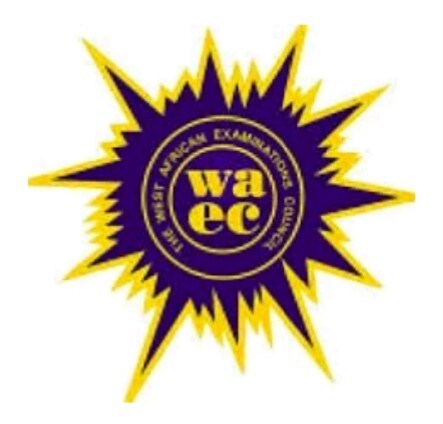Are you preparing for the West African Examination Council (WAEC) Garment Making examination?
Look no further! In this blog post, we will provide you with a simplified version of the WAEC Garment Making syllabus and recommended textbooks.
Understanding this syllabus is crucial for your exam preparation, as it outlines the aims, objectives, and format of the examination.
Let’s delve into the world of garment making!
Objectives:
The Garment Making syllabus aims to assess your basic knowledge and understanding in various areas, including:
- Manipulative skills: Acquiring practical skills that enable you to function effectively in your community and society at large.
- Developing interest and passion: Cultivating a love for garment making and design, which can lead to starting your own self-employed ventures.
- Creativity and aesthetic values: Nurturing your creativity, appreciating the beauty of garments, and developing essential skills.
- Local fabric appreciation: Fostering an appreciation for locally made fabrics and encouraging the creation of self-made articles.
- Entrepreneurship and job creation: Recognizing the importance of entrepreneurship and small businesses in creating job opportunities and improving individuals, families, and the nation.
- Dignity of labor: Valuing the importance of work and its contribution to personal and societal growth.
- Sewing equipment: Learning about the selection, use, and maintenance of sewing equipment.
- Clothing selection: Understanding how to choose appropriate clothing for different occasions and figure types.
- Pattern making and cutting: Mastering the techniques of pattern making and freehand cutting.
Examination Scheme:
The WAEC Garment Making examination consists of three papers: Papers 1, 2, and 3. All three papers are mandatory.
PAPER 1: This paper comprises forty multiple-choice questions to be answered within 40 minutes, carrying 40 marks.
PAPER 2: You will encounter five short essay questions in this paper, out of which you must answer four. The time allotted for this paper is 45 minutes, with a total of 40 marks.
PAPER 3: This practical paper includes four short structured questions that you must answer within 40 minutes. The paper carries 40 marks.
Syllabus Overview:
Introduction to Garment Making:
- Understanding the importance and reasons for wearing clothes/garments.
- Identifying various clothing items and their relevance for different occasions.
The Concept of Garment Designing:
- Defining garment designing and exploring its principles and elements.
- Recognizing the factors that influence garment designing, such as age and figure type.
- Understanding the economic importance of garment designing for individuals and families.
Entrepreneurship in Garment Making:
- Exploring entrepreneurship and small business management.
- Identifying the qualities of a successful entrepreneur and understanding the advantages of entrepreneurship.
- Considering the essential factors when venturing into the garment making business.
Sewing Tools and Equipment:
- Familiarizing yourself with different types of sewing tools and equipment.
- Classifying sewing tools based on their functions (measuring, marking, cutting, etc.).
- Understanding the sewing machine, its parts, and their functions.
- Learning proper care, maintenance, and troubleshooting for sewing tools and equipment.
Basic Sewing Processes:
- Mastering basic stitches, seams, and seam finishes.
- Understanding techniques for disposing of fullness, facing, and interfacings.
The Concept of Patterns:
- Exploring different ways of obtaining patterns.
- Learning the freehand method, body measurements, and drafting techniques for various clothing elements (bodice, shirt, sleeve, collar, skirt, trouser).
- Adapting patterns for different garments.
Figure Types and Garment Making:
- Understanding different figure types and their implications for garment selection.
- Selecting appropriate fabrics and styles for various figure types.
Sewing of Blouses/Shirts:
- Practically constructing blouses, skirts, trousers, gowns, and jumpers.
Setting Up a Garment Business:
- Identifying the minimum requirements for starting a garment making business.
- Considering factors that can affect small businesses.
- Understanding financing, profit/price-fixing, customer relationship, record keeping, and promoting your business effectively.
Items Required for Effective Teaching of Garment Making:
- A list of essential tools and equipment needed for teaching garment making effectively.
Conclusion
By following the WAEC Garment Making syllabus and using the recommended textbooks, you will have a solid foundation for success in your examination.
Remember to focus on the objectives, develop practical skills, and understand the concepts thoroughly. Best of luck in your exam preparation and future endeavors in the world of garment making!






